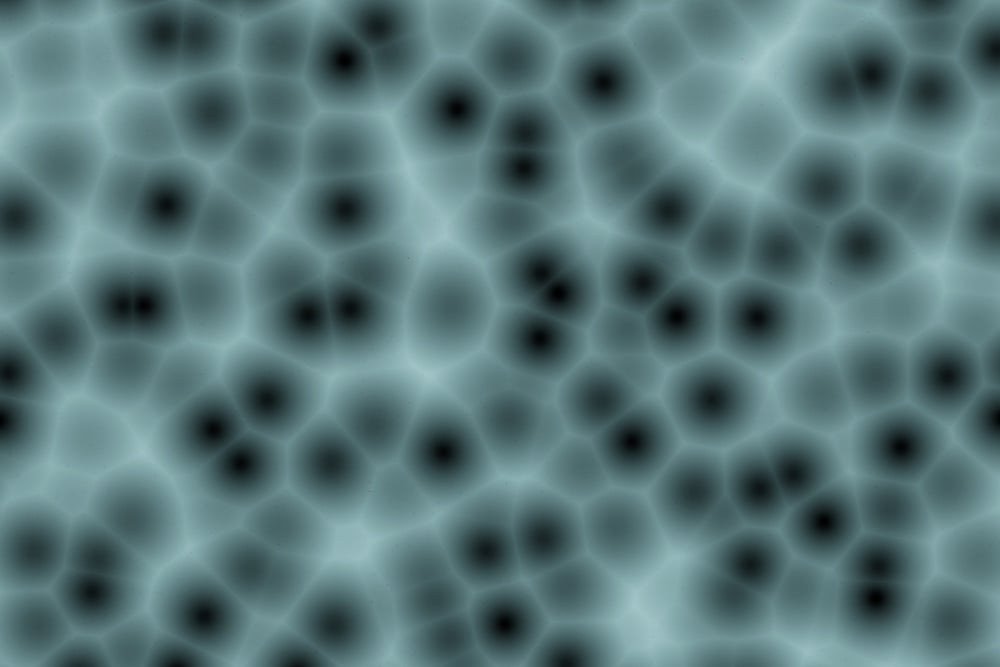Or that the observable universe could be inside of a black hole. Don’t watch too many black hole videos before bed.
Planet 9 is not a primordial black hole and it can’t hurt you. 🙀
IIRC, isn’t it closer to a white hole, what with expansion? If you were far enough away, you cannot reach ‘there’ vs being guaranteed to reach ‘there’ like a black hole. Though really, it’s neither. Just curved spacetime.
The fact we think of white holes and black holes as separate entities just goes to show our great lack of understanding of spacetime.
My understanding is its similar in difference to a protostar and a nova
I mean, Schwarzschild radius shows that for a medium of constant density (and on a large scale, Universe is fairly uniform) there is an upper limit of a radius of a ball comprised of said medium above which it will form an event horizon.
Which means that an infinite universe of non-zero density is either a bloody paradox (spend a minute deciding where exactly event horizons should form and whether there will be gaps), or our understanding of gravity and spacetime breaks on ginormous scales just as it does on micro ones.
PS: I have seen no physicists talk about this, so there’s a good chance that there’s a simple resolution to the problem and I’m just stupid.
Look, I’m not saying our universe exists as a node in an infinite fractal of repeating universes, but one of these is the largest structure we can see and another is the smallest:


what’s the small one?
The little ‘3’ at the bottom right. That’s where the turtles live
Atoms.
The galaxy is in Orion’s belt.
I had this thought as a kid. But I thought it was neat that we might be part of an atom of some larger molecule. Didn’t keep me awake. I had other trauma keeping me awake, like going to school.
I think this is why most people don’t think long on what "reality’ is. And can’t blame them, day to day life is difficult
“well brain, it seems you really need this sleep because that makes no sense whatsoever”
This is something I find believable, and I wonder why it’s not commonly discussed more.
you have to fail intro to qm 101 and/or be stoned out of your mind to think this way
Or just reject planck length and all other dimensional limitations like it. Then you can have
turtlesuniverses all the way down.Planck length is not like universal pixels. It’s just where current models say there’s little reason to look at smaller things, since it’s kind of like worrying about which flecks of paint are coming off a car in a racing video game. It’s just … so irrelevant as to be ignorable.
It’s nigh impossible to have any energy that could interact with us or atoms on the Planck length scale that wouldn’t just collapse in to a black hole. It’s not so much any observation of real-world pixelation, and more that even to atoms, it’s very tiny.
Your comment about current models, known energy types, and universal pixels seems to ignore the post’s topic (which isn’t really about known models or energy types).
A better way to disregard the post would be to just point out that solar systems aren’t that big in terms of scales of the universe, and that there’s no indication of any charges, electrons, or valance layers about.
I’m not responding to the comic. I’m responding to you talking about the Planck length. I’m not disregarding the comic but making a tangential comment. Please try to keep up.
No.
Your loss! 🤷
planck length doesn’t come up even once, it all boils down to these things: 1. electron has momentum, and from that follows it has a wavelength, and at the same time 2. orbit is stable, which means that after every “rotation” electron has to end up with the same phase, which means there is only a finite number of solutions to time-independent schroedinger equation for (hydrogen) atom (don’t bother solving it on paper for anything with more than one electron) and these things are spherical harmonics
And why is that?
planetary orbits are not quantized, for starters. atomic orbitals are occupied by pairs (at most) of electrons, and this is because of qm spin exists which has no analogue in large scale. electrons aren’t spinning around on an orbit, they’re more of a smudged standing wave. it’s also a staple among vapid thonkers like mckenna
Here’s a few reasons this doesn’t work:
- Planets are different sizes, electrons are all identical
- 2 planets cannot occupy the same orbit, but (at least) two electrons with opposite spin can
- If you have a high speed planet entering the solar system, you can’t transfer some of its energy to another planet and have the rogue planet continue with less energy
- All orbital energies are possible, not so much for atoms
- Planetary orbits emit gravitational waves. If electrons produced the equivalent (bremstrahlung radiation) during “orbit”, they would collide with the nucleus hilariously fast. This isn’t a problem because electron orbitals don’t have a physical representation.
Thank
Can confirm the latter makes you consider this
Can confirm, this is ALL I see on certain substances
it’s not commonly discussed because it’s wrong
It is in the right groups. Sort of thing you can find talked about at flat earther meetings all over the globe, UFO enthusiasts if you can get a word in to ask and in Christian science journals.
because it only seems believable if you’re using an outdated and simplified model for atoms, and forget about the fact that atoms are also made up of protons/neutrons who are in turn made up of quarks, and the fact that there are a whole bunch of other fundamental particles that don’t give a toss about atoms.
If you look at the more accurate electron cloud model it stops making sense to compare it to a solar system.
Considering how much shit orbits the sun that would be one wildly unstable atom
Nah. Sun just acts as the Queen Atom. Without it, you’d end up with a Helvetica Scenario. This is basic science.
everything written in a terrible font?
Oh. wrong Helvetica.
#commicsansforlife😁Please, jokes about this subject are very difficult for people affected by these situations. That is, it’s not the time to bring up comic sans, ok?
Me too
Now imagine if something… or someone… would poke our galaxy with an observation, and all the stars in the arms instantly collapsed into a single particle.
I thought of this on the toilet when I was 14
Thanks, Neil degrasse Tyson
Doesn’t take a scientist to think about. We learn in middle school, atoms are mostly empty space, we learn small electrons revolve around a larger nucleus. All it takes a little imagination to put two and two together.
Yeah, we all learned it, you’re not special. I was calling you pretentious, not smart lol
So why is it keeping anyone up at night?
Edit: me not being special was my point, are you alright?
I’m alright, just misunderstood your original comment and tried to make a joke, my bad.
Each galaxy is a neuron of God’s mind.












